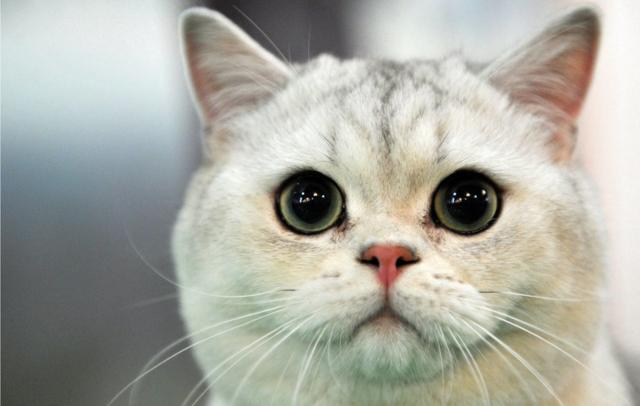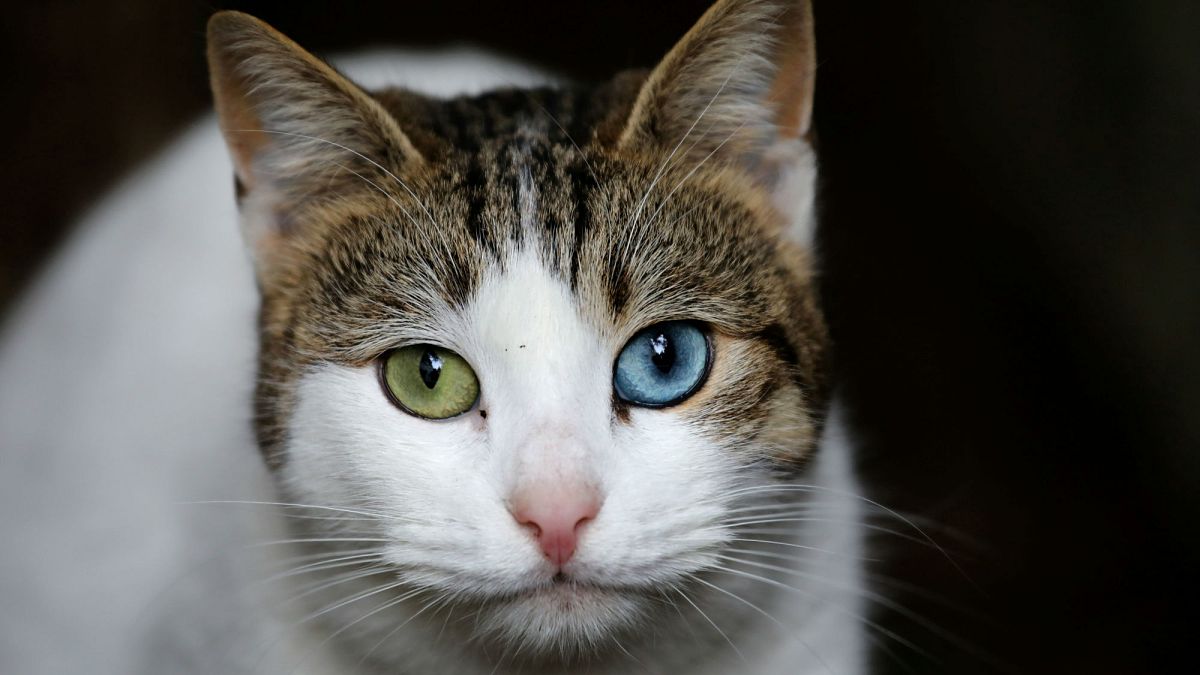Cats and Their Types: The Diversity of Universal Favorites
Cats and Their Types: The Diversity of Universal Favorites
Cats are among the most popular and beloved members of the pet world. With their cute, graceful, and independent nature, they have stolen the hearts of millions of people. Additionally, they stand out with their various species and breeds. In this article, we will delve into the types, characteristics, and relationships of cats with humans.
I. Origin and History of Cats
Cats' relationships with humans date back thousands of years. The first domesticated cats appeared in Egypt about 4000 years ago. The Egyptians used cats to protect their agricultural fields from rodents. Additionally, cats were considered sacred in Egyptian culture and were associated with various gods.
Later on, significant developments in the domestication of cats and the development of different species occurred in Asia and Europe. Especially during the Middle Ages, cats played a significant role in preventing the spread of diseases carried by rodents, and during this period, cats were more widely accepted as pets.
Today, cats have solidified their place as adorable and affectionate creatures that adorn our homes around the world. While domestic cats are considered one of humans' closest companions, wild cats also play an important role in their natural habitats.
II. Types and Breeds of Cats
Cats are divided into many different species and breeds with various characteristics, sizes, and colors. Here are some of the most common types and breeds of cats:
- Persian Cat: Persian cats, known for their long fur and broad faces, are one of the oldest and most popular cat breeds in the world. They are known for their calm and friendly nature.
- Siamese Cat: Siamese cats are recognized by their long, slender bodies and blue eyes. They are known for their intelligence and playful nature.
- Sphynx Cat: With their hairless skin and large ears, Sphynx cats stand out and are quite affectionate and sociable.
- Maine Coon: Maine Coon cats, known for their large and muscular bodies, are friendly and playful. They also stand out with their long fur.
- Bengal Cat: Bengal cats, with their spotted and striped patterns, are famous for their wild appearance. They are known for their active and energetic nature.
- British Shorthair: British Shorthair cats, known for their short fur and round faces, are quiet and calm.
- Scottish Fold: With folded ears, Scottish Fold cats are popular for their cute and friendly nature.
- Ragdoll: Known for their large size and soft fur, Ragdoll cats are calm and affectionate.

These are just a few of the various types and breeds of cats. There are many different cat species and breeds worldwide, each with unique characteristics.
III. Behaviors and Communication Styles of Cats
Cats also stand out with their special behaviors and communication styles. Here are some common behaviors observed in cats:
- Purring: Cats purr with a low volume to express various emotions such as happiness, relaxation, or discomfort.
- Playing: Cats enjoy playing with toys, and this activity is important for their mental and physical health.
- Scratching: Cats groom themselves and relieve stress through scratching. Additionally, scratching behavior helps cats mark their territorial areas.
- Eye Contact: Cats make eye contact with humans to establish emotional connections. This strengthens their communication with humans and strengthens their bonds.
- Grooming: Cats clean themselves by licking their fur, which also strengthens their social relationships. Mutual grooming is a sign of friendship and loyalty among cats.

Cats' behaviors and communication styles help their owners understand them better and establish a healthier relationship with them.
IV. Care and Nutrition of Cats
Proper care and nutrition are important for cats to lead a healthy and happy life. Here are some basic facts about the care and nutrition of cats:
- Veterinary Check-Ups: Regular veterinary check-ups are important for cats. These check-ups help monitor their health status and early detection of any health issues.
- Balanced Nutrition: Cats should be fed a balanced diet. Commercial cat food is formulated to meet all of cats' nutritional needs.
- Hygiene: Cats' fur should be brushed regularly, and their nails should be trimmed. Additionally, litter boxes should be cleaned and changed regularly.
- Exercise: Regular exercise is important for cats. Playing helps cats' mental and physical health and prevents excessive weight gain.
- Hydration: Cats should have access to clean and fresh water at all times. Water provides hydration for cats and is important for healthy urinary tract function.

Caring for and feeding cats is the responsibility of their owners and is important to ensure cats lead a healthy life.
V. The Bond Between Cats and Humans
Cats are also known for their bonds with humans. For many people, cats are not just pets but also family members. Cats' bonds with humans are strengthened by their owners' love and care. Cats provide emotional support to their owners and enjoy spending time with them.
Additionally, therapy cats used in specific programs can help reduce people's stress and increase their emotional well-being. Cats' calm and affectionate nature can contribute to supporting people's mental health.
In conclusion, cats are adorable and affectionate members of the pet world
Reference
- ^ a b Wozencraft, W.C. (2005). "Species Felis catus". Wilson, D.E.; Reeder, D.M (Ed.). Mammal Species of the World: A Taxonomic and Geographic Reference (3. bas.). Johns Hopkins University Press. ss. 534–535. ISBN 978-0-8018-8221-0. OCLC 62265494.
- ^ Linnaeus, C. (1758). "Felis Catus". Systema naturae per regna tria naturae: secundum classes, ordines, genera, species, cum characteribus, differentiis, synonymis, locis (Latince). 1 (Tenth reformed bas.). Holmiae: Laurentii Salvii. s. 42.
- ^ Erxleben, J. C. P. (1777). "Felis Catus domesticus". Systema regni animalis per classes, ordines, genera, species, varietates cvm synonymia et historia animalivm. Classis I. Mammalia. Lipsiae: Weygandt. ss. 520-521.
- ^ a b "ITIS Standard Report Page: Felis catus". ITIS Online Database. Reston, Virginia: Integrated Taxonomic Information System. 2011. 2 Temmuz 2015 tarihinde kaynağından arşivlendi. Erişim tarihi: 14 Aralık 2011.
- ^ "Housecat". American Heritage Dictionary of the English Language (Education.Yahoo.com online bas.). Boston: Houghton Mifflin. 2010. 22 Ekim 2013 tarihinde kaynağından arşivlendi. Erişim tarihi: 6 Ekim 2010.
- ^ "Arşivlenmiş kopya". 15 Ekim 2015 tarihinde kaynağından arşivlendi. Erişim tarihi: 14 Eylül 2015.
- ^ Rochlitz, Irene (2007). The Welfare of Cats. "Animal Welfare" series. Berlin: Springer. ss. 141-175. ISBN 1-4020-6143-9.
- ^ a b Wade, Nicholas (29 Haziran 2007). "Study Traces Cat's Ancestry to Middle East". New York Times. New York: NYTC. 18 Nisan 2009 tarihinde kaynağından arşivlendi. Erişim tarihi: 2 Nisan 2008.
- ^ "Meet Helen and Aphrodite, Cyprus's Indigenous Cats". China Daily. 3 Kasım 2009. 29 Kasım 2009 tarihinde kaynağından arşivlendi. Erişim tarihi: 3 Kasım 2009.

















































